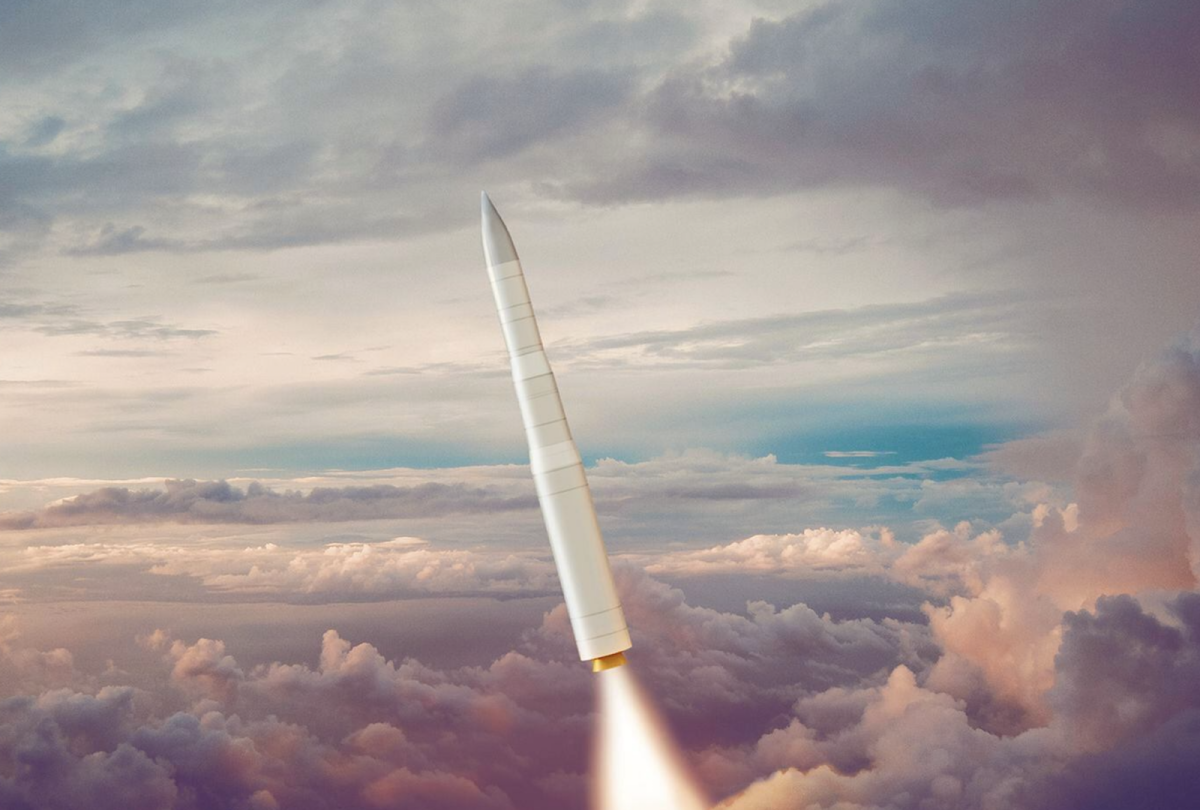A Rare Fuel with a Big Role in Space
There has been a serious issue facing NASA’s future space missions: a shortage of plutonium-238, a rare and special type of fuel. Unlike other fuels, plutonium-238 isn’t used for explosions or weapons. Instead, it gives off steady heat as it breaks down, which NASA turns into electricity to power spacecraft. This type of power is crucial for deep space missions where solar panels don’t work well.
How NASA Uses Plutonium-238
Many of NASA’s most famous missions have used plutonium-238. The Voyager probes, Curiosity and Perseverance rovers, and even missions like Cassini that explored Saturn all relied on this fuel. These spacecraft carry a device called an RTG, or Radioisotope Thermoelectric Generator. RTGs use the heat from the decaying plutonium-238 and convert it into electrical energy. It’s a simple but extremely reliable system that can last for many years, even decades.
The Problem: No More Production
The main problem is that the United States stopped producing plutonium-238 in the late 1980s. At that time, it was mostly made as part of nuclear weapons programs, and when those slowed down after the Cold War, so did plutonium production. For a while, NASA bought some plutonium-238 from Russia, but that supply ended in 2010. Now, NASA is relying on an old stockpile—and it’s running out.
How Much Is Left?
Currently, there are only about 36 pounds (roughly 16 kilograms) of plutonium-238 left in the U.S. Half of that is no longer in good condition, meaning there’s only enough fuel left for two or three more missions. This is a serious issue for any spacecraft that needs to travel far from the Sun, such as missions to the outer planets, deep space, or the dark, shadowed craters on the Moon.
Restarting Production Isn’t Easy
The U.S. Department of Energy has started a new program to make plutonium-238 again. They’ve been able to produce small amounts, which is a step in the right direction. But it’s not easy to restart a program that hasn’t been active in over 30 years. The special reactors, tools, and skilled workers that are needed to make this fuel mostly no longer exist, and rebuilding that system takes time and money.
Looking for Alternatives
NASA and scientists are also exploring other power sources. Some ideas include small nuclear reactors or advanced batteries, but right now, none of them are as proven or long-lasting as RTGs using plutonium-238. RTGs have worked for decades, in the harshest environments, with no moving parts and very little risk of failure.
The Future of Deep Space Missions at Risk
The shortage of plutonium-238 could delay or cancel important missions. For example, if NASA wants to explore the outer planets, send a lander to the dark side of the Moon, or travel to icy moons like Europa or Enceladus, it will need a power source that can survive long periods in the cold and dark. Without plutonium-238, those types of missions become extremely difficult.
Why This Tiny Fuel Matters
Space exploration isn’t just about rockets or astronauts—it also depends on small but critical materials, like this rare fuel. Plutonium-238 may not sound exciting, but it plays a huge role in helping us explore the universe.
To continue sending robots—and eventually humans—deeper into space, the U.S. needs a steady, reliable supply of plutonium-238. If that doesn’t happen soon, the future of deep-space exploration could be put on hold.
RELATED STORIES:
https://ww.space.com/5054-plutonium-shortage-thwart-future-nasa-missions-outer-planets.html
https://www.scientificamerican.com/article/within-nasa-a-plutonium-power-struggle/
https://www.wired.com/2013/09/plutonium-238-problem/
https://science.nasa.gov/planetary-science/programs/radioisotope-power-systems/about-plutonium-238/
TAKE ACTION:
https://www.nasa.gov/starport/starport-donations/
https://www.nasa.gov/wp-content/uploads/2023/08/ivv-form-1302-ver-c.pdf






